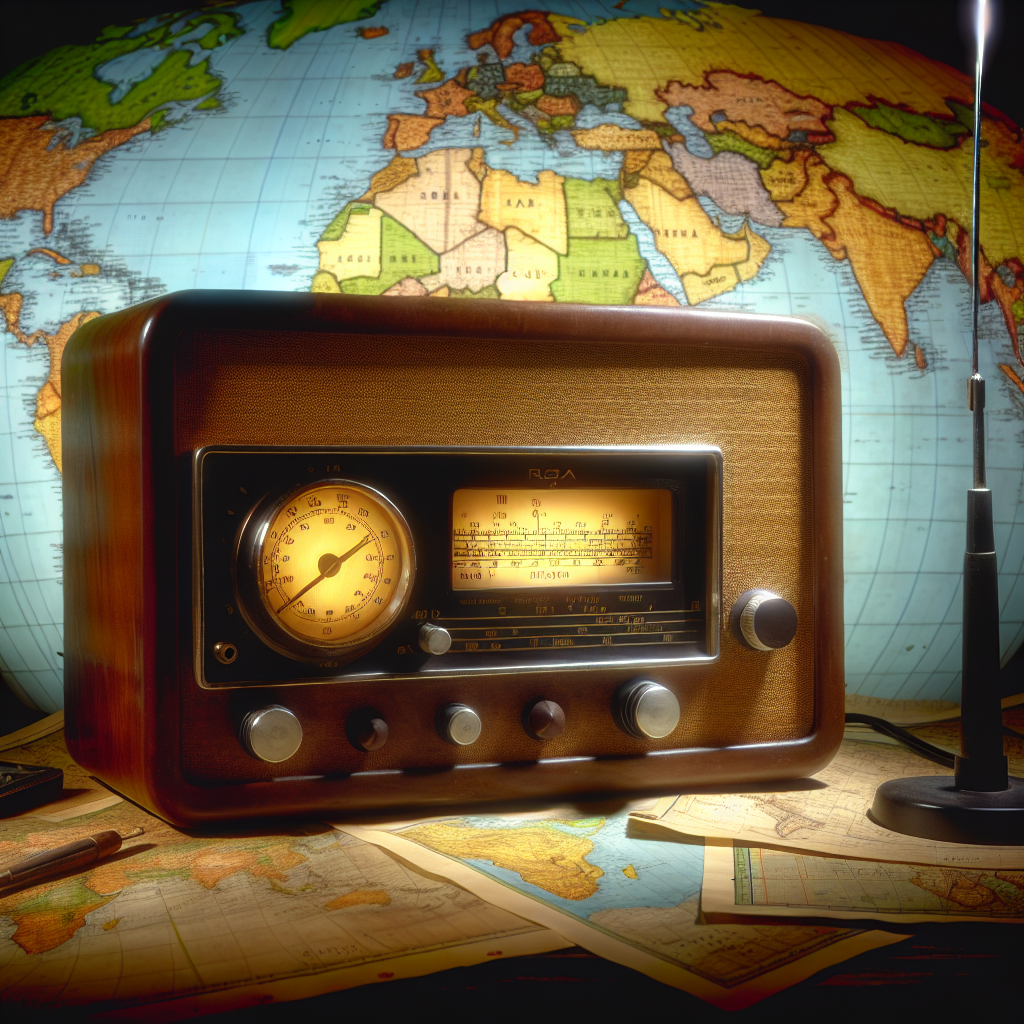Shortwave radio has long captivated audiences worldwide, offering a unique window into global communication and emergency preparedness. This article delves into the key aspects of shortwave radio, from its historical significance and interaction with the radio spectrum to practical applications like ham radio and DXing.
The Historical Role of Shortwave Radio
Shortwave radio emerged in the early 20th century, quickly proving its capabilities for long-distance communication. During the Cold War, it became a critical tool for disseminating uncensored information. Stations like Radio Free Europe broadcasted vital news behind the Iron Curtain, serving as a lifeline for those in oppressive regimes. Shortwave radio’s ability to traverse national borders enabled it to play an essential role in conflict zones, providing access to alternative viewpoints. Despite the advent of modern communication technologies, shortwave radio persists as a resilient platform for global communication, fostering a niche market for enthusiasts and emergency responders alike.
Shortwave Radio in the Radio Spectrum
Shortwave radio frequencies, categorized within the High Frequency (HF) band, range from 3 MHz to 30 MHz. These allocations are pivotal for both amateur and professional uses, enabling global communications via reflections from the ionosphere. For professionals, shortwave serves crucial roles in broadcasting international news, emergency communications, and military transmissions. Amateur radio operators rely on allocated bands for personal communication and experimentation. However, spectrum congestion poses significant challenges, as overlapping signals can hinder clear reception. Recent technological advancements, including digital shortwave receivers and optimized antenna systems, aim to enhance signal clarity, thereby enriching the shortwave experience for both hobbyists and professionals.
Navigating Amateur Radio Bands
Amateur radio operates primarily within designated HF bands ranging from 1.8 MHz to 30 MHz, facilitating global communication for licensed operators. These bands are regulated by the International Telecommunication Union (ITU) to ensure orderly use and minimize interference. Operators utilize these frequencies for various activities, including voice transmissions, digital modes, and international contests. In emergency scenarios, amateur radio plays a crucial role, delivering reliable communications when traditional networks fail. The community engages in regular drills, ensuring readiness for disaster response, reinforcing its significance in rural areas where other communication systems often falter.
Dynamics of Radio Propagation
As shortwave radio enthusiasts know, radio wave propagation is the backbone of successful communication. In particular, skywave propagation allows shortwave signals to be transmitted over vast distances by reflecting off the ionosphere. This unique interaction can cause significant variations in signal quality, impacted heavily by atmospheric conditions such as solar activity and moisture levels.
Unlike typical AM broadcasts, where signal loss can be immediate, shortwave operators—especially ham radio users—continuously adapt their transmission practices according to these variables to ensure optimized reception. Techniques include frequency hopping, adjusting transmitter power, and utilizing specialized antennas to navigate the ever-changing landscape of radio wave behavior in pursuit of clearer communication.
Antenna Tuning and Signal Reception
Antenna tuning is crucial for optimizing the performance of shortwave radio, enhancing both transmission and reception. By adjusting the antenna to match the radio’s output impedance and the specific frequency of interest, enthusiasts achieve maximum power transfer, significantly improving signal clarity. Antenna tuners, often called “matching networks,” adjust for mismatches that arise from frequency variations, ensuring that energy is efficiently radiated or received.
Emerging technologies like Software-Defined Radios (SDRs) are revolutionizing shortwave listening. SDRs allow for real-time signal processing, facilitating finer adjustments and greater clarity of reception, thus enabling hobbyists and emergency communicators to navigate the vast spectrum with remarkable precision and adaptability.
Food for Thought
Despite technological advancements, shortwave radio continues to thrive in niche communities, proving indispensable in both emergency communication and technical exploration. Its ability to connect users across continents ensures it remains an enduring medium.

Leave a Reply
You must be logged in to post a comment.